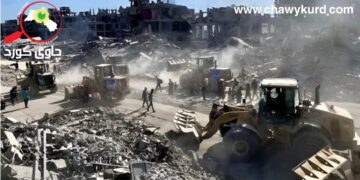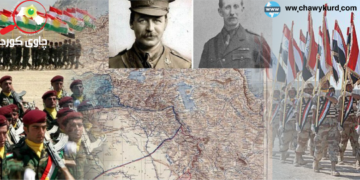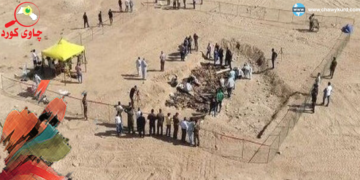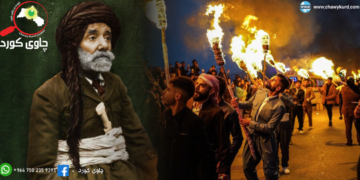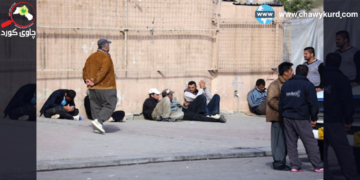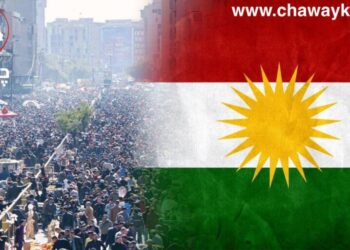All opinions agree that a mass grave contains a number of identifiable or unidentifiable human dead bodies. The United Nations defines it as the burial place of three or more bodies of genocide victims, and some opinions define it as the burial place of two or more bodies, including the 2006 Iraqi Law on the Protection of Mass Graves.
Although there is no exact consensus in this area, mass graves are generally built after the death or murder of huge numbers of people and the desire to bury the bodies urgently for reasons of concealment of crime or health. Mass graves are used in times of war and serious crimes, as well as in times of famine or epidemics or natural disasters, in which cases they are used to prevent the spread of epidemics and diseases. These cases usually happen together with the collapse of economic and social infrastructure, in which the bodies cannot be identified individually and buried in a normal manner.
Some examples of history”
“Victims of War”
- A mass grave containing at least 300,000 bones of Russians from Kiev killed by Mongol invaders in 1238 was discovered in 2005 during excavations in Yaroslavl, Russia.
- Europe’s 30 Years’ War was the most terrible religious war in the 17th century. In one of the battles, the bodies of 47 soldiers were placed in one mass grave. The victims’ ages ware between (15-50 years).
- As a result of the Napoleonic wars, a large number of mass graves have been discovered.
- More than 2,000 mass graves have been discovered in Spain dating back to the Spanish Civil War and are estimated to contain 500,000 dead between 1936 and 1939.
“Kurdish and Iraqi Mass Graves”
Iraq under the Ba’ath regime was a time of horrific crimes against the people of the country in general and against the Kurds and Shiites in particular. More specifically after the occupation of Kuwait in 1990 which caused of the huge failure and withdrawal and evacuation of the country due to attacks of The United States and its allies and the defeat of the Iraqi army. The result was a violent uprising in southern Iraq in early 1991, followed by the US allowing the Ba’athist regime to remain in Iraq and opening it up to violent attacks on Shiites. All the processes of Kurdish genocide, from the deportation and extermination of the Failis, Barzanis, Anfal and Halabja to other packages, deportation and Arabization, all fall into the category of genocide Previous Iraqi governments have proven it.
As mentioned earlier, Iraq was full of mass graves as a result of the genocidal policy of the previous regime. According to the Iraqi Martyrs Institute, 346 mass graves have been discovered so far, containing an estimated 300,000 victims. In addition to the victims of Yazidi Kurds and others at the hands of ISIS, 72 mass graves have been found in Iraq and Syria so far.










